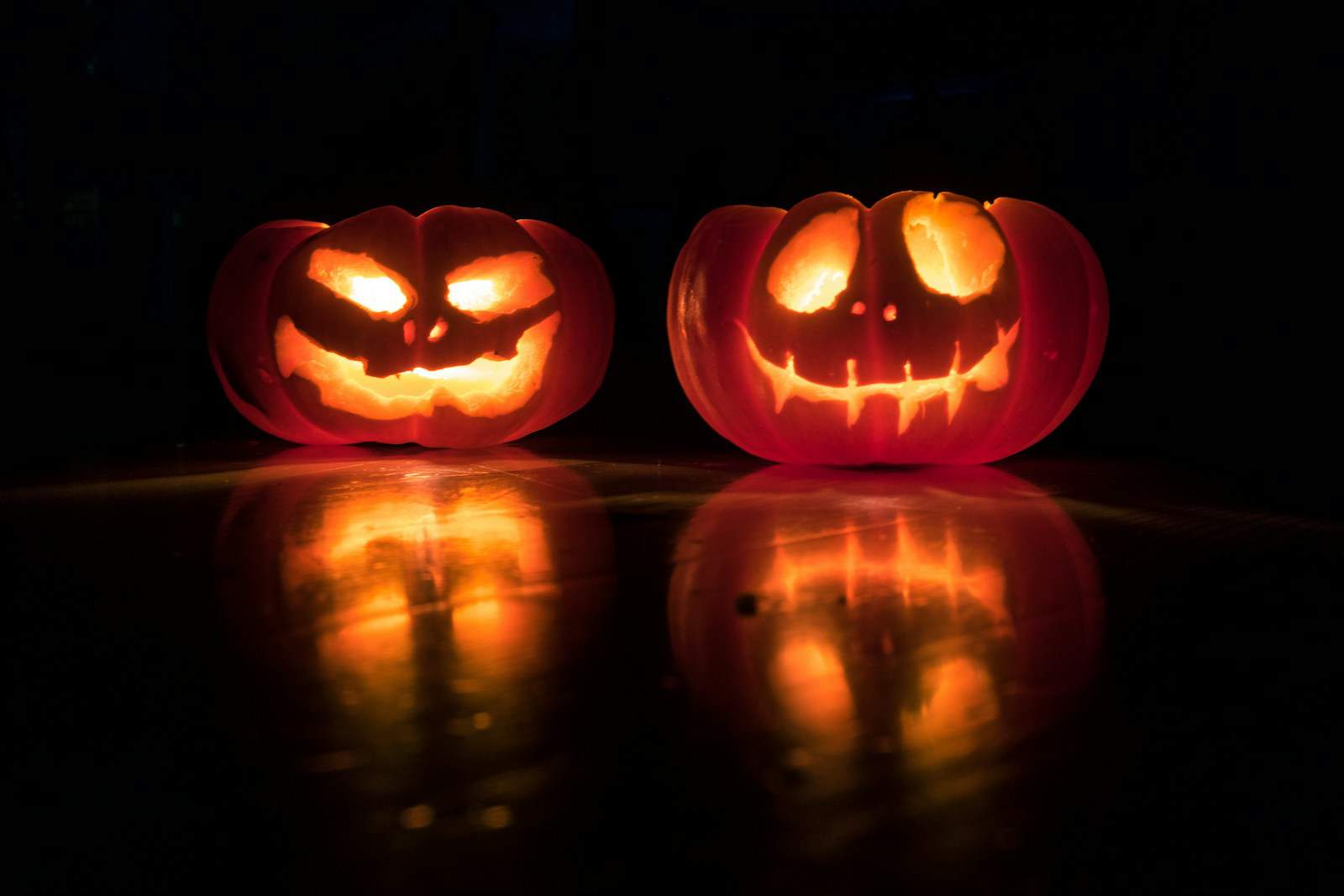
Photo by David Menidrey on Unsplash
Should Retailers Follow Home Depot’s ‘Halfway to Halloween’ Sale?
Last Halloween, RetailWire asked if Halloween items were being sold too early. A year later, and it seems that more retailers are embracing this practice.
Home Depot recently launched its Halfway to Halloween sale, once again offering popular Halloween decorations six months early. The star of the show was Skelly, a 12-foot skeleton retailing for $299, returned to fanfare. Joining Skelly was his best friend, “Dawg,” a 5-foot Skeleton Dog priced at $199. Other spooky offerings included the Jabberin Jack Giant inflatable pumpkin ($99.99), a 7-foot animated Frankenstein’s Monster ($279), Scary Harry the animatronic killer clown ($74.98), and the 12.5-foot Inferno Deadwood Skelly ($379).
Home Depot spokesperson Georgia Lyman had noted the early launch of Skelly aimed to meet high demand from Halloween enthusiasts, with the Halfway to Halloween sale offering fan-favorites and new innovations to haunt homes nationwide. More exclusive pieces, such as a 7.5-foot animated plague doctor and a 9-foot headless horseman, were anticipated throughout the year.
Social media erupted with mixed reactions to the early Halloween sale announcement, with some expressing surprise at the timing while others welcomed the opportunity to start their Halloween preparations early.
Skelly, the iconic 12-foot tall skeleton, stole the spotlight once again, drawing immense interest from eager buyers who had been eagerly awaiting its return for years. With demand skyrocketing, Home Depot made efforts to meet customer expectations by launching more giant holiday decorations, such as the 5-foot-tall, 7-foot-long skeleton dog.
As the limited holiday launch went live, customers flooded Home Depot’s Instagram with comments, detailing their frantic efforts to secure their desired items. While some succeeded in their mission, others were left disappointed as the coveted items sold out within minutes.
Despite the rush, requests poured in for Home Depot to restock the sold-out items, indicating the immense popularity of the early Halloween offerings.
While Home Depot may have run out of stock, other retailers like Target and Lowe’s continue to offer Halloween decorations online. Additionally, vendors such as Spirit Halloween, Amazon, and halloweencostumes.com provide similar items year-round, catering to Halloween enthusiasts beyond the traditional spooky season.
Retailers compete to attract shoppers and secure a bigger share of holiday spending. By being the first to offer Halloween items, they aim to lure in early-bird shoppers. If one store starts early, others will likely follow suit to avoid missing out on sales. It’s a game of strategic timing.
Halloween is big business, combining retail and entertainment. Americans spend around $10 billion on Halloween, making it one of the top spending holidays. People love dressing up, hosting parties, and decorating their homes. Retailers are happy to offer everything from costumes to spooky snacks, extending the holiday season to boost profits.
Major holidays like Halloween create economic booms, spiking consumer spending and benefiting various industries. Holiday sales lead to job creation and increased spending across sectors like transportation and advertising.
Some consumers go all out for Halloween, indulging in conspicuous consumption by splurging on elaborate costumes and decorations. It’s a way to showcase social status and have fun.
Discussion Questions
How should retailers strategize their seasonal promotions to capitalize on consumer enthusiasm while maintaining a balance with traditional holiday timelines?
As retailers increasingly embrace early holiday sales, what implications does this trend have on consumer behavior, particularly in terms of spending patterns and expectations for seasonal merchandise availability?
Considering the surge in demand for early Halloween decorations and the subsequent rapid sell-out of popular items, how can retailers effectively manage inventory and customer expectations to maximize sales opportunities and minimize disappointment among consumers?
